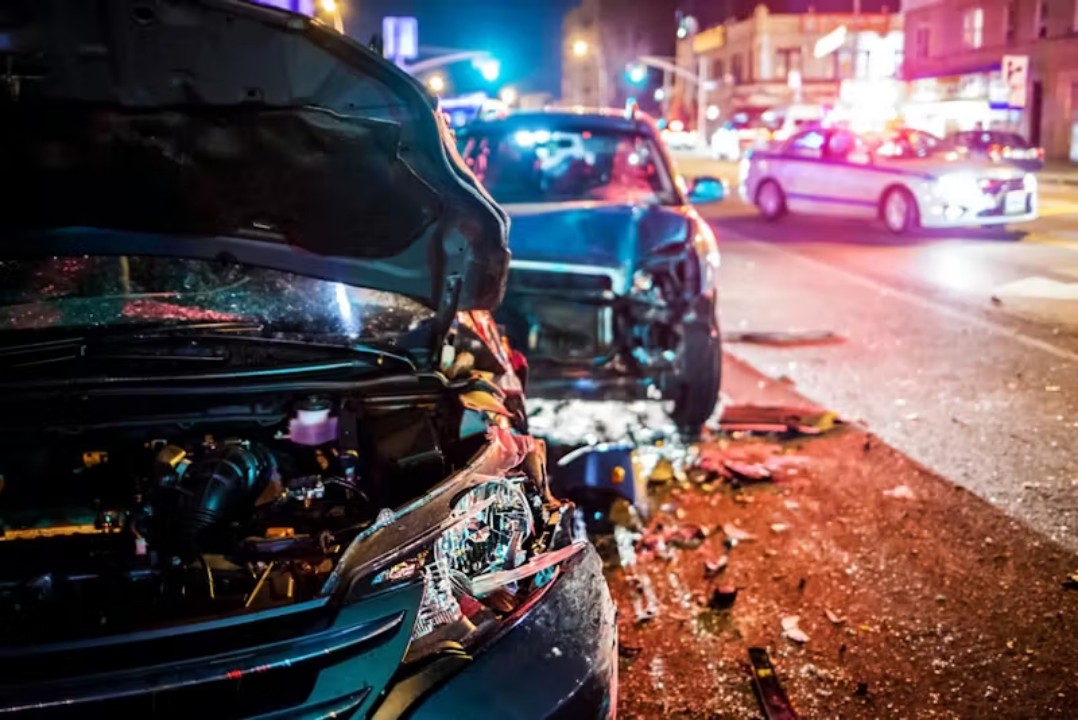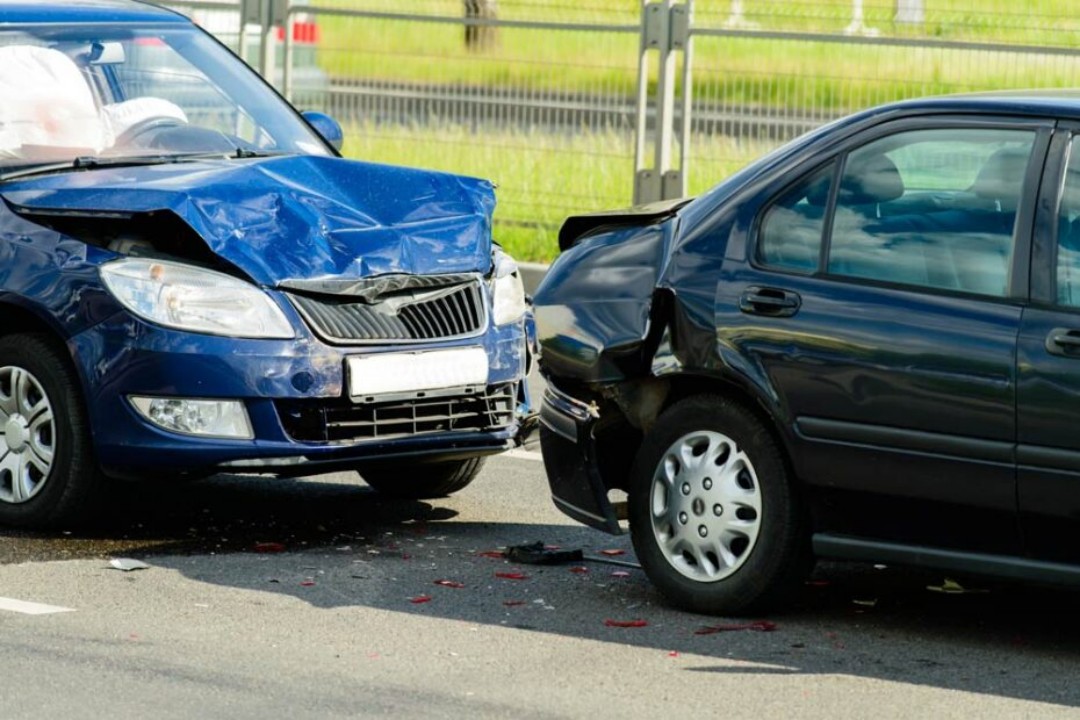Dallas streets have become increasingly dangerous in recent years, with traffic fatalities reaching alarming levels. In 2024, the city recorded 207 traffic deaths, up from 205 in 2023, continuing a troubling upward trend. Perhaps more concerning is Dallas’s position as having the highest traffic fatality rate among major U.S. cities, with 4.5 deaths per 100,000 residents compared to the national average of just 1.5. These aren’t just statistics—they represent lives lost and families forever changed. What factors are driving this deadly trend, and what can be done to reverse it?
The Scale of the Problem
The traffic fatality crisis in Dallas is part of a broader statewide issue. Texas had the dubious distinction of having no days without traffic fatalities in 2023, a grim streak that has continued for over 23 years. Within this troubling state picture, Dallas County stands out, with a 10% increase in traffic deaths from 2022 to 2023.
When compared to other major Texas cities, Dallas’s traffic fatality rate exceeds those of Houston, San Antonio, and Austin. Even more striking is the comparison with similarly sized cities nationwide, where Dallas consistently ranks among the deadliest for road users. The human toll behind these numbers represents a public health crisis that demands urgent attention.
Key Factors Contributing to Dallas Traffic Fatalities
Urban Sprawl and Road Design Issues
Dallas’s extensive urban development has created a city designed primarily for cars, with infrastructure that often prioritizes speed and traffic flow over safety. Many of the city’s roads were built decades ago when traffic volumes were lower and safety standards different. Wide, straight arterial roads encourage speeding, while inadequate pedestrian infrastructure forces people to cross multiple lanes of fast-moving traffic.
These same design flaws also pose serious risks to motorcyclists, who are especially vulnerable in high-speed, car-centric environments—making the guidance of a motorcycle accident lawyer Dallas residents trust not only valuable but often essential after a serious crash. The city’s sprawling nature also means longer commutes, increasing exposure to crash risks and contributing to driver fatigue. Many neighborhoods lack sidewalks entirely, and bike lanes are scarce, creating hazardous conditions for non-motorized road users who must share space with vehicles moving at high speeds.
Dangerous Corridors and Hotspots
Not all Dallas streets are equally dangerous. In fact, 62% of severe traffic accidents occur on just 7% of Dallas streets, creating identifiable high-risk corridors where safety improvements could have significant impacts. Loop 12 stands out as Dallas’s deadliest roadway, with 21 fatal crashes recorded in 2024 alone.
The intersection of Loop 12 and Bonnie View Road has become particularly notorious, with 7 pedestrian deaths in less than a year. This location exemplifies the deadly combination of high-speed traffic, inadequate pedestrian crossings, poor lighting, and frequent foot traffic due to nearby residential areas and bus stops.
Other high-risk areas include sections of I-35E, I-30, and major arterials like Buckner Boulevard and Webb Chapel Road. These corridors share common characteristics: high speeds, multiple lanes, inadequate crossings, and a mix of local and through traffic.
Driver Behavior
Infrastructure issues tell only part of the story. Driver behavior plays a crucial role in Dallas’s traffic fatality rates. Impaired driving remains a persistent problem, with 25% of fatal accidents in 2023 involving intoxicated drivers. Despite years of public awareness campaigns and enforcement efforts, driving under the influence continues to claim lives on Dallas roads.
Speeding and aggressive driving contribute to approximately 30% of fatal crashes in the city. The design of many Dallas roads enables and sometimes encourages high speeds, while enforcement resources are stretched thin. A recent Forbes study ranked North Texas drivers as the “worst in the state,” citing high rates of speeding, distracted driving, and aggressive behaviors.
Distracted driving, particularly due to smartphone use, has emerged as a major factor in traffic crashes. Despite laws prohibiting texting while driving, the practice remains common, with drivers taking their eyes off the road at critical moments. 
Infrastructure and Enforcement Challenges
Poor lighting on major roadways contributes to reduced visibility, particularly for pedestrians and cyclists. Many high-crash locations lack adequate illumination, making it difficult for drivers to see vulnerable road users, especially during early morning or evening hours when many people commute.
The lack of protected pedestrian crossings forces people to make dangerous mid-block crossings or navigate complex intersections without adequate safety features. This is particularly problematic along bus routes, where riders must often cross busy roads to reach their stops.
Enforcement challenges compound these issues. The Dallas Police Department faces staffing shortages that affect traffic enforcement capabilities. While Proposition U requires the city to maintain 4,000 officers, the department currently falls short by approximately 900 positions. With limited resources, consistent traffic enforcement becomes difficult, reducing the deterrent effect on dangerous driving behaviors.
City and State Initiatives to Address the Crisis
Recognizing the severity of the problem, Dallas adopted a Vision Zero Action Plan in June 2022. This comprehensive approach includes over 40 steps and recommendations aimed at reducing traffic deaths, with the ambitious goal of eliminating all traffic fatalities and reducing severe injuries by 50% by 2030.
The plan emphasizes a data-driven approach to identify high-risk areas and implement targeted interventions. It also calls for coordination between various city departments, including transportation, police, and public works, to address the multifaceted nature of traffic safety.
Loop 12, as the city’s deadliest roadway, has received particular attention. Planned safety improvements include lower speed limits, new signage, and the installation of 15 new protected pedestrian crossings. The entire corridor will receive improved lighting, and 41 bus stops will be consolidated near safer crossing points. However, the timeline for these improvements—approximately 18 months for the new crossings—means that risks will persist in the near term.
On the enforcement front, the city is exploring new approaches, including software to identify high-speed zones and potential federal funding to hire dedicated traffic enforcement officers. Studies have shown that even temporary increases in police presence create a “halo effect” that reduces speeding and other dangerous behaviors. The challenge lies in maintaining consistent enforcement with limited resources.
The Road Ahead: Challenges and Opportunities
Addressing Dallas’s traffic fatality crisis requires a sustained, multifaceted approach. Infrastructure improvements take time and significant investment, while enforcement and education efforts must be ongoing to create lasting behavioral change.
Community involvement will be crucial to successful implementation of safety initiatives. Residents can provide valuable input on high-risk areas and support policy changes that prioritize safety over speed and convenience. Neighborhood associations, advocacy groups, and business organizations all have roles to play in creating a culture of road safety.
Funding remains a significant challenge, with infrastructure improvements requiring substantial investment. The city must balance immediate needs with long-term solutions, prioritizing interventions that will save the most lives while working toward comprehensive system improvements. 
Conclusion
The rise in Dallas traffic fatalities stems from a complex interplay of infrastructure deficiencies, driver behavior, enforcement challenges, and urban design issues. For families who have lost loved ones in such tragic incidents, consulting a Dallas wrongful death lawyer can be a critical step in seeking justice and accountability. Addressing this crisis requires coordinated efforts across multiple fronts, from redesigning dangerous corridors to changing the culture around driving behaviors.
Behind every statistic is a human story—a life cut short, a family grieving, a community diminished. By understanding the factors driving Dallas’s traffic fatality crisis and committing to evidence-based solutions, the city can work toward a future where everyone can travel safely, regardless of how they choose to get around. The road to zero traffic deaths may be long, but it’s a journey that Dallas must undertake for the well-being of all its residents.


